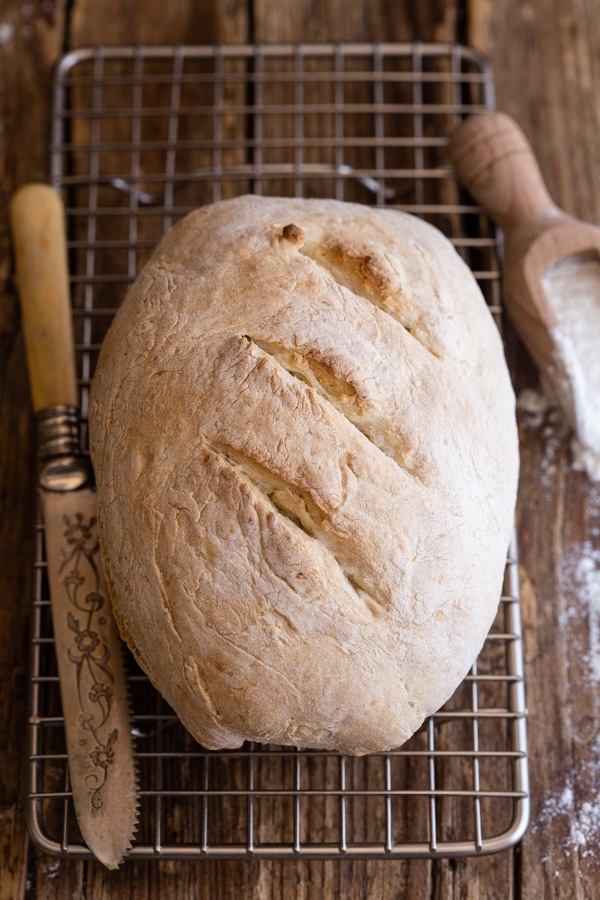Essential Guide to Repotting Orchids This Spring
Spring is the perfect time to enhance the growth of your orchids by properly repotting them. Repotting orchids not only rejuvenates them, but it also allows for better nutrient absorption and growth. Understanding how to repot orchids correctly can significantly contribute to their health and vitality. This guide will walk you through the ins and outs of repotting, from identifying signs that your orchid needs a new home to choosing the right potting mix.
You'll learn about the importance of selecting the best soil for orchids, understanding orchid roots care, and how to maintain your orchid's health post-repotting. Armed with our tips, you can ensure your orchids thrive in their new containers, maximizing growth and bloom potential. Let's dive deeper into the world of orchid repotting!
Identifying When to Repot Orchids
Before you begin the repotting process, it's critical to ascertain if your orchid truly needs it. Common signs include root overgrowth, visible roots protruding from the pot, or stagnant growth patterns. Understanding these signs can save you time and stress in the long run. Your orchid may also exhibit yellowing leaves, which indicate that it could be time for a change.
Another essential factor is the age of your current potting mix. Over time, potting materials degrade, losing their ability to support healthy root growth. If your mix has compacted or decomposed, it’s a sign that repotting is in order. Remember, regular visual inspection is vital in maintaining the health of your orchids.
Understanding Orchid Roots
The roots of orchids play a crucial role in their overall health. Unlike many other houseplants, orchids have a unique root system designed for their specific needs. They often grow as epiphytes, meaning they thrive on moisture and nutrients from the environment rather than soil. Judging the condition of the roots can provide insight into your plant's wellbeing. Healthy roots appear firm and green, while unhealthy ones may be brown, mushy, or shriveled.
Repotting Frequency Guidelines
Generally, it’s advisable to repot orchids every one to two years, depending on the species and growth conditions. Phalaenopsis orchids, for example, may require more frequent repotting than other varieties due to their aggressive growth. Monitoring the growth pattern and observing seasonal changes in the orchid can guide your repotting schedule.
Choosing the Right Pot for Orchids
When selecting pots for your orchids, consider not only size but also the material and drainage capabilities. Clay pots are often preferred for their porous nature, which allows air to circulate around the roots, promoting healthy growth. On the other hand, plastic pots retain moisture better. Whichever you choose, ensure that your pot has adequate drainage holes to prevent root rot.
Best Practices for Orchid Potting Mix
Choosing the right orchid potting mix is essential for promoting growth and health in your orchids. Typically, commercial mixes include components like bark, perlite, and sphagnum moss, designed to provide good airflow and moisture retention for the roots.
Understanding Orchid Potting Materials
Potting materials for orchids are specifically formulated to cater to their unique growing conditions. Bark mixes, for instance, provide excellent drainage and aeration, essential for healthy root systems. Alternatively, for orchids requiring consistent moisture, a more moisture-retentive mix may be beneficial.
Custom Orchid Potting Process
If you are inclined to create a custom orchid potting mix, consider combining equal parts of bark, perlite, and charcoal. This combination ensures a balance of nutrients, moisture, and drainage. The goal is to replicate a natural setting that caters to the biological needs of your orchids.
Applying Fertilizers After Repotting
Fertilizing after repotting is crucial for orchid health. Use a balanced, water-soluble fertilizer at half strength once the plant starts to show new growth. This helps replenish nutrients lost during the repotting process and boosts recovery.
Step-by-Step Guide to Repotting Orchids
Now that you're ready, let's walk through the potting orchids step by step. Gathering the right tools for repotting orchids is essential—scissors or pruning shears, a fresh potting mix, and a new pot should be at your disposal.
Handling Orchid Roots with Care
When you’re ready to repot, gently remove the orchid from its old pot. Be careful not to tug on the plant itself; instead, tap the sides of the pot to loosen the roots. Inspect the roots, trimming away any dead or rotting parts with sterilized scissors.
Preparing the New Pot
Before placing the orchid in a new pot, add a layer of your chosen potting mix. This base layer helps with aeration. Position the orchid in the center, and fill in around the sides while gently tapping to eliminate air pockets. Ensure the roots are spread out and not cramped.
Watering Orchids After Repotting
After the repotting process, it's crucial to properly water your orchids. Allow the mix to dry out slightly before the first watering, as excess moisture can lead to root rot. A good rule of thumb is to check the moisture level; water when the top inch feels dry to the touch to provide optimal humidity levels.
Maintaining Orchid Health Post Repotting
Once you've repotted, maintaining optimal conditions is key to orchid success. Monitor temperature and humidity levels closely, as they can significantly impact growth. Orchids thrive in higher humidity settings; consider using a humidifier or pebble trays to enhance moisture levels.
Signs of Stress in Orchids
Even after repotting, some orchids may display signs of stress. This may include wilting, yellowing leaves, or sudden growth stalling. If conditions are not aligned with their optimal environment, adjust humidity and light until they stabilize. Understanding these stress signals early can help in adapting care quickly.
Common Mistakes to Avoid When Repotting
One of the biggest orchid repotting mistakes is overhandling the roots; this can cause trauma that may harm your plant. Ensure that you are gentle and that excess old potting media is thoroughly removed while examining the root system. Another common error is repotting too frequently; give your orchids time to settle in!
Tools Essential for Orchid Repotting
Finally, having the right tools can streamline the repotting process. By ensuring you have sharp, clean pruners and appropriate potting materials, you can mitigate potential problems. A gentle hand and careful observation will go a long way in ensuring the health of your orchids.
Q&A Section: Common Queries About Repotting Orchids
How often should I repot my orchids?
As a general rule, orchids should be repotted every one to two years or when you observe signs of crowding or degrading potting media.
What should I use for potting orchids?
The best soil for orchids includes a mix of bark, perlite, and charcoal to ensure proper drainage and nutrient absorption.
How can I tell if my orchid is healthy?
Healthy orchids have firm, green roots and vibrant leaves. Regular visual inspections and timely repotting will help maintain orchid health.
What is the best way to fertilize orchids after repotting?
Apply a balanced, water-soluble fertilizer at half strength once new growth begins after repotting.
Can I repot my orchid if it’s blooming?
It is typically advised to wait until the blooming period is over before repotting, as this minimizes stress on the plant.


